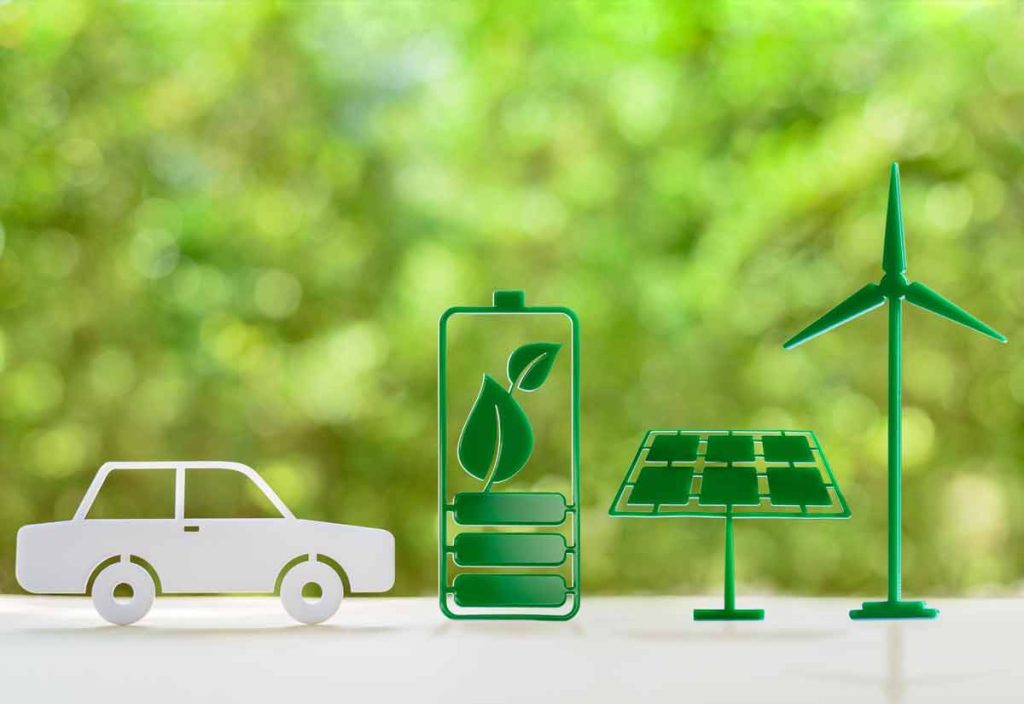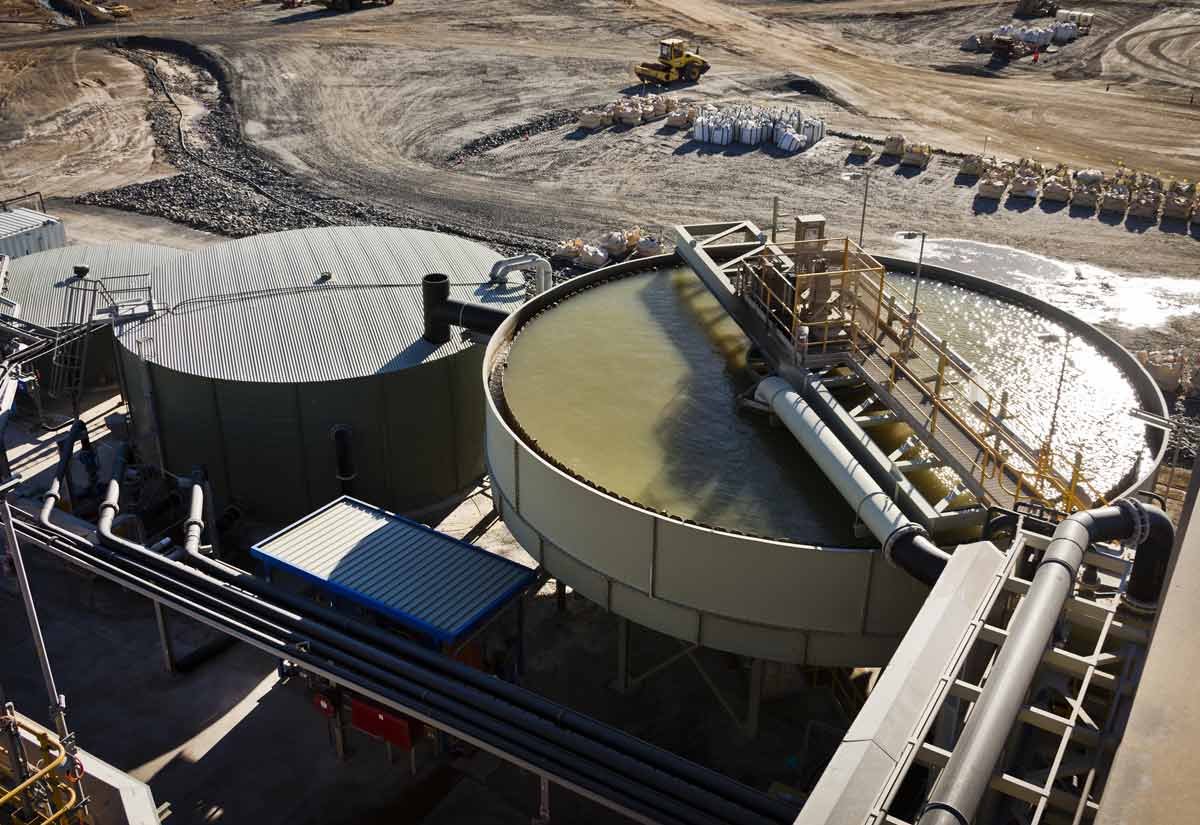“It’s almost impossible, and definitely a race against time. The big money that needs to be spent takes time to get approval for and to deploy.”- Cameron Perks- analyst at Benchmark Mineral Intelligence
Ambitious green policies put in place by globalist politicians and the pseudo-scientific elitists of the decarbonization cult that dominates corporate marketing these days are getting a long-overdue reality check.
According to the latest August 4, 2023 lithium market updates issued by analysts at Benchmark Mineral Intelligence, their previous “best case” analysis that would have required a hefty $54 billion in future investment for the lithium industry to meet world demand falls far short of the actual cost if rampant anti-combustion policies manage to ICE out the internal combustion engine.
Benchmark analyst Cameron Perks predicts that if a “high case” dream scenario of the EV transition actually becomes a global reality, the lithium industry will need to invest more than double the estimated $54 billion to finance the “lithium arms race” as they call it.
Another $116 billion USD will be required from green investors by 2030 if the world is to meet the zealously ambitious, and frankly impossible-to-hit green targets set by climate-phobic governments and hoped for by the world’s largest automakers.
Potential EV manufacturers such as General Motors and Mercedes Benz pander for slices of the fat green pie made available by the US Inflation Reduction Act. Similar anti-fossil foolishness such as the “climate neutral” European Green Deal, one that’s already driving energy prices there through the roof and European manufacturers to US shores is the prime impetus behind what otherwise would be seen as a fool’s errand.
It’s easy to succeed when the governments make purchasing your product mandatory while banning the competition; in this case the venerable internal combustion engine. But even with that backing, a shortfall of raw materials to meet the artificially induced demand for lithium-dependent EVs may cause the green pipe dream to go up in smoke.
As we reported earlier this month here at Resource Erectors, predictable economic consequences in the world of 2023 energy supplies seem to go ignored as the green movement attempts to force-feed electric vehicles to an understandably reluctant public raised on the convenience and horsepower of gas and diesel engines. Both of which, by the way, run efficiently with 60% less particulate emissions than their 20th Century internal combustion counterparts.
All this to ostensibly benefit the unborn generation of 2050 while ignoring the real energy needs of those who walk the planet today and tomorrow.
Net Zero Carbon Futures Could Equal Net Zero Profit
It appears that net zero emissions “thinking” (and we use the term loosely) may result in net zero profit that’s anything but green where it counts for investors. That is; the ROI and net EV profit on the bottom line, especially when the investment price tag keeps going up with every new lithium supply analysis.
Add volatile cobalt, manganese, graphite, and nickel prices to the formula, and the uber-hyped green transition from the investor’s point of view becomes a risky business indeed. We’re already seeing tight raw material supply forecasts for the end of this decade, and for essential battery metals a severe deficit across the board is expected by 2032, according to Fastmarkets.
Lithium’s Wake-up Call From the Impossible Dream
Savvy lithium producers aren’t likely to flood the battery metal market even when the rickety lithium supply chain links are somehow holding together. Being wholly familiar with the laws of supply, demand, and critical mineral prices, major mining operations may understandably get stingy, cutting operations to reduce OPEX and to keep both demand and prices high enough to justify and perhaps limit their risky green investments.
“The players with skin in the game are the least likely to rush their spending. They don’t want to flood the market with lithium too quickly. They want to release it slowly to maximize their return.”- Cameron Perks- Lithium industry needs over $116 billion to meet automaker and policy targets by 2030
The real problem is that if auto manufacturers and their green marketing gurus manage to achieve their targeted EV market “penetration” at the levels demanded by green governments, and even if the lithium supply machine is firing on all cylinders, there still won’t be enough lithium and associated “battery metal” refining assets to fulfill the impossible green dream.
So where is the additional $116 billion required?
This money needs to go into building new mines and refineries, as well as expanding existing assets. Even if every asset in the pipeline came online on time and hit their projected lithium production capacities, the world would still need 1.8 million tons on top of that to meet the high case demand.
Government Green For Going Green
Despite the gloomy lithium numbers, EV manufacturers are relying on government backup and investing in direct lithium resource development that can eliminate middleman suppliers. The US is shooting for a 50% penetration rate of EVs. That includes battery power, plug-in hybrids, and hydrogen fuel cells in new sales by 2030.
The UK intends to ban the sale of new internal combustion engine vehicles in the same year, with hybrids permitted until 2035. The European Union has an ICE ban in effect starting in 2035. But as attractive as these incentives may be for long term EV investors, the fat green pie is already on the table in 2023, as governments ignore reality and attempt to set the stage for the unsustainable “high case” EV scenario envisioned by analyst Cameron Perks.
A broad range of government subsidies are intended to boost EV demand. The US doesn’t have a binding target date for banning ICE vehicles, but the Inflation Reduction Act offers up to $7,500 in tax incentives to purchase EVs that meet certain criteria.
The IRA also offers generous tax incentives for the development of domestic lithium and other critical mineral resources, incentives that have motivated not a few major industry players including:
- General Motors – Announced last January of 2023 that it would invest $650 million in Lithium Americas to help the developer proceed with their Thacker Pass lithium mine in Nevada.
- Tesla is set to invest over a billion dollars to build its own lithium hydroxide refinery in Texas which began construction in May this year. Tesla CEO Elon Musk has long recognized lithium chemical production as a severe bottleneck in the battery industry. With a “high case” goal, Tesla will need to ramp up production to 20 million passenger EVs by 2030. That’s quite a leap for the company that in 2022 produced just over 1.3 million EVs.
- Stellantis aims for 100% of its vehicles for China to go electric by 2030. 50% of all its vehicles in the US and 100% of all its passenger vehicles in Europe are to be electric by 2030.
- The US Department of Energy is contributing a significant share towards the potential $116 billion lithium bill. The department’s Loan Programs Office offered a conditional $700 million loan to Ioneer for its Rhyolite Ridge project which plans to produce lithium carbonate at their mine site in Nevada.
Resource Erectors For Heavy Industry
Resource Erectors has the essential recruiting connections you need to match the top-qualified professional candidates with the industry-leading companies who seek their experience and talents all across the US.
We have lucrative positions for professionals ranging from on-site operations to the c-suite in mining, aggregates, bulk materials, civil construction, concrete, sales, safety, engineering, and more. When you’re ready to go for the green that counts you’re ready for Resource Erectors so don’t hesitate to contact Dan today so we can all get to work.









